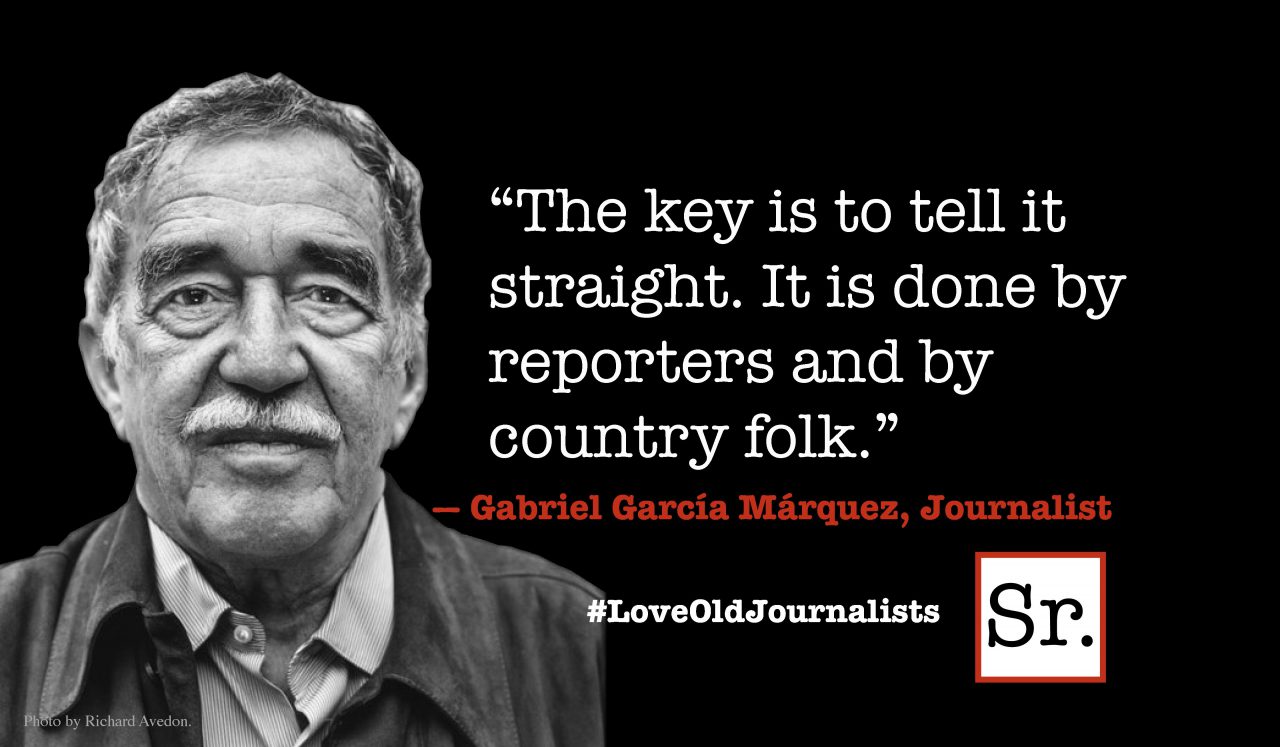Day after day I pick up the paper in the morning to get the weather. It is the same story: There will be a few sprinkles possible but significant rain is not expected.
Few if anyone seems to be worried. The drought is not the talk of the town. I am surprised at how nonchalant most people seem to be.
It’s as if something terrible was happening on another planet, not on Earth, not in California. I heard from one concerned reader who suggested diverting water from parts of the country with too much water to places in need like California. For some reason, I recall how we did the impossible in providing food and other vital needs during the Berlin Airlift in the Cold War. It’s a stretch, but I am anything but an engineer.
In his e-mail Luis Santillanes writes, “In the east of the country the problem with too much water exists. Homes flood, people drown, and property is destroyed. It seems to me a pipeline to bring water to the west is a necessary endeavor. This would be a great infrastructure project! It would be as important as the railroads were to the eighteen hundreds.”
I have no idea what sort of effort it would take to pull off something like this even if there were the will, the money, and the politics behind it.
“At one time,” Mr. Santillanes says, “California was said to have produced forty per cent of the nations food supply. If this water line would be built, every state could pull water from it at one time or another. The system could branch off in different directions just as the railroads branched off of one main line. This system could employ hundreds of workers and would be great for our economy.”
As Carl Sandburg said, “Nothing happens unless first a dream.”
In the meantime we are making do with conservation efforts. In a restaurant you have to ask for water. Some private clubs limit showers to two minutes. We hear that governments around the world are developing plans to conserve electricity and water in the event of a drought or heat wave or forest fire.
There is this extra from Mattier & Ross, the San Francisco Chronicle columnists. They reported on Monday that three-quarters of residents in a poll by the Public Institute of California “want their local water providers to start mandating reductions.” But the water providers don’t seem to be in any hurry. One reason would be money. The East Bay Municipal Utility District — “drought or no drought — spends $410 million on its water operations and 1,800 employees.”
Water use by its customers is already down by 10 percent. If there is no change through next June, the water agency will show a loss of about $25 million, according to the Chronicle reporters.
So far the agency has been able to absorb the cost. But if East Bay residents heed Governor Jerry Brown’s “call for a 20 percent reduction the district would be out $50 million or so — and that would mean higher rates.” A Catch-22
This article originally appeared in the San Leandro Times.








